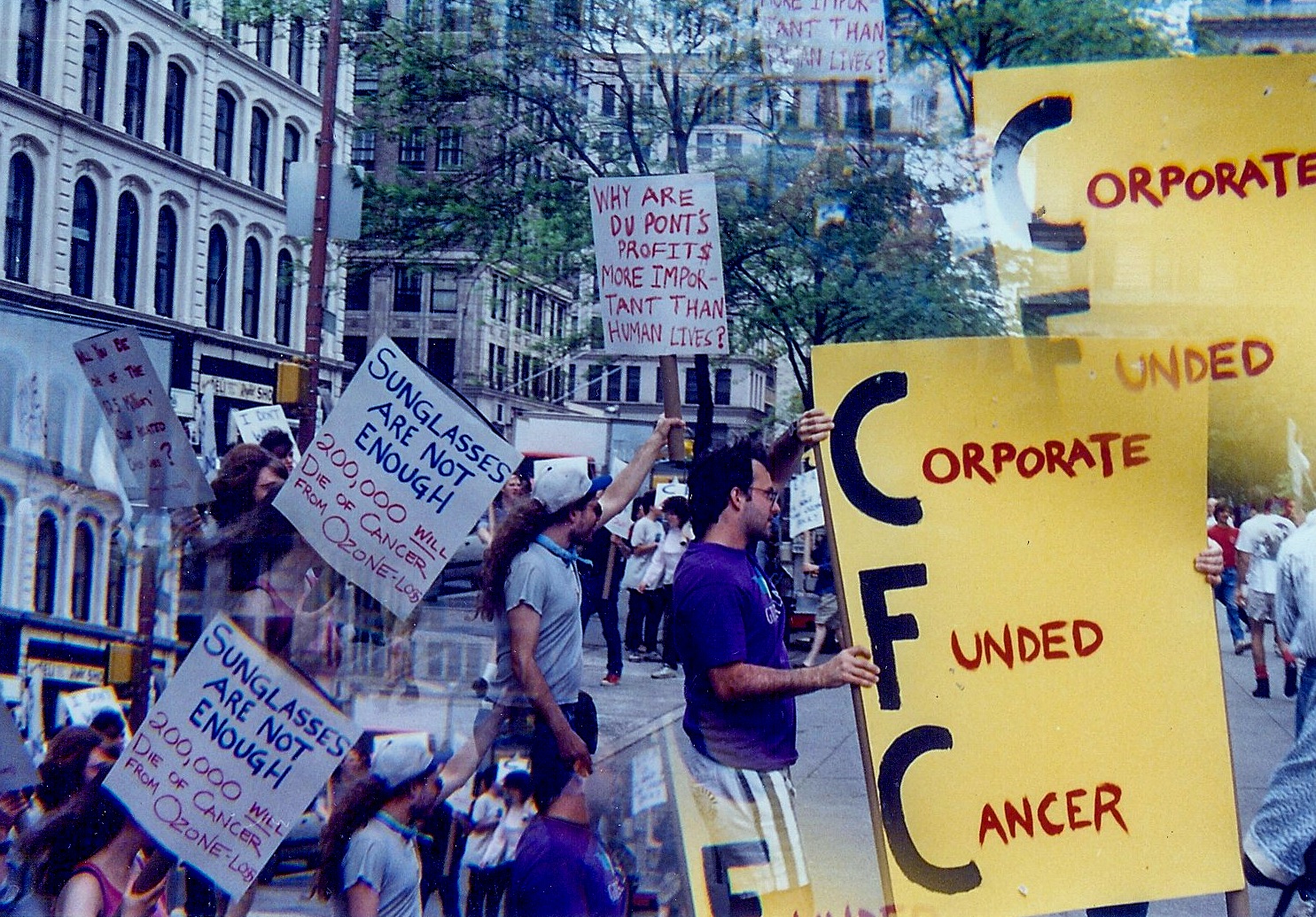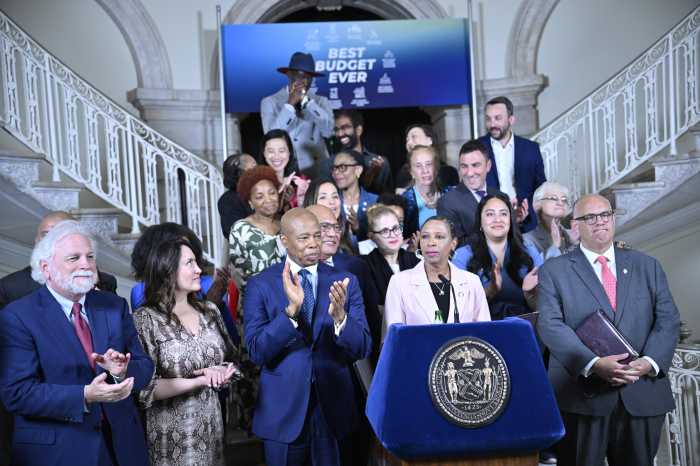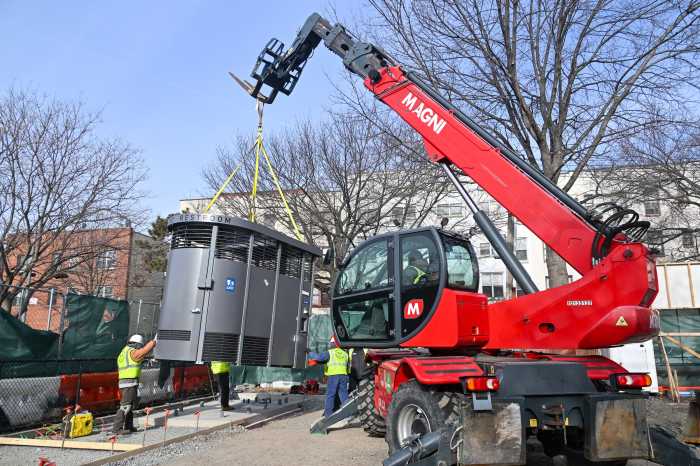BY YANNIC RACK | Say goodbye to Styrofoam cups, takeout boxes and packing “peanuts,” because they’ll soon be a thing of the past — at least within city limits.
A decades-long campaign came to a close this month, as a ban on polystyrene foam went into effect on July 1 across the five boroughs.
The ban specifically prohibits the sale, distribution or use of single service expanded polystyrene (EPS) products or polystyrene loose-fill packaging.
“These products cause real environmental harm and have no place in New York City,” Mayor de Blasio said in a statement announcing the move in January. “We have better options, better alternatives, and if more cities across the country follow our lead and institute similar bans, those alternatives will soon become more plentiful and will cost less.”
Although it’s hard to estimate the exact environmental impact this change will have, the city says the restriction will remove around 30,000 tons of expanded polystyrene waste from landfills, streets and waterways.
The decision met some resistance, though. In April, the Restaurant Action Alliance NYC sued the city in Manhattan State Supreme Court over the decision.
Bill di Paola, the founder of the environmental nonprofit Time’s Up, said last week that he was “super-excited” to see results after campaigning for the ban for more than 25 years.
“This was one of Time’s Up’s first campaigns and we’re so happy that it’s finally completed,” he said. “At one point, we had posters all over the city letting people know about Styrofoam packaging — ‘Just say no to Styrofoam’ was one of our big slogans.”

The interdiction stems from a law passed in 2013, when the city’s Department of Sanitation was given a year to determine whether EPS could safely be recycled — and decided it could not be.
“We’re never going to know how big it is,” di Paola said about the ban’s impact. “But we know right off the bat that years ago, the CFCs were in Styrofoam, and by taking that out, the ozone layer is healing itself. So that was one major victory.”
The production of chlorofluorocarbons, or CFCs, which were used in the production of plastic foam products, was phased out under the Montreal Protocol, an international treaty designed to protect the ozone layer that came into effect in 1989.
“McDonald’s fought back hard,” di Paola remembered of the time. “And we did more research and found out that the CFCs were actually going up into the ozone layer and destroying it. So that was put out on the street and backed up by NASA, who had a picture of the hole in the ozone layer.”
By last September, a United Nations report detailed how the atmospheric layer was gradually rebuilding itself, a fact that scientists credit to the reduction of chemicals — like CFCs — that were used in refrigerators, air conditioners and aerosol cans in the 1980s.
The new law includes a six-month grace period, so businesses have until Jan. 1, 2016, to comply with the ban. After that, violations will be punishable by fines, though the city says that for the first year businesses will only be slapped with a warning.
In the meantime, outreach will be conducted citywide to make restaurants aware of the change.
“We know people are still going to be using it, so it will still take a lot of community effort,” di Paola said. “We’re going to put the word out, just to remind people in a friendly way. That’s our focus now.”
Leith Hill, founder of Ellary’s Greens, an organic restaurant on Carmine St., also thinks that businesses will keep using Styrofoam as long as possible.
“It’s so much more expensive to do the right thing,” she said, adding that the restaurant’s takeout containers, made of recycled paper, cost between 21 and 27 cents apiece, compared to a mere 3 to 5 cents for a Styrofoam container.
“I’m really delighted that we are finally banning Styrofoam, which will never go away, it will not decompose,” Hill said. “It will disintegrate into little balls, which animals will eat and it will kill them. Personally, I’m really happy to see the city taking this step. It’s quite a bold step for New York City to ban Styrofoam. We are now joining countries that banned it 30 years ago.”
Di Paola said that Time’s Up will continue its campaign against Styrofoam and added they were currently planning a recycling-themed fashion show in early August. This will be organized together with the Museum of Reclaimed Urban Space, a.k.a. MoRUS, which di Paola co-founded.
The environmental activist also expressed hopes similar to the mayor’s for the effect the ban could have on other parts of the country, although many other cities, like San Francisco and Seattle, have already outlawed EPS.
“New York City is so famous that if you can ban something here, people will copy that,” he said. “So we predict that very soon other cities are going to follow.”





































